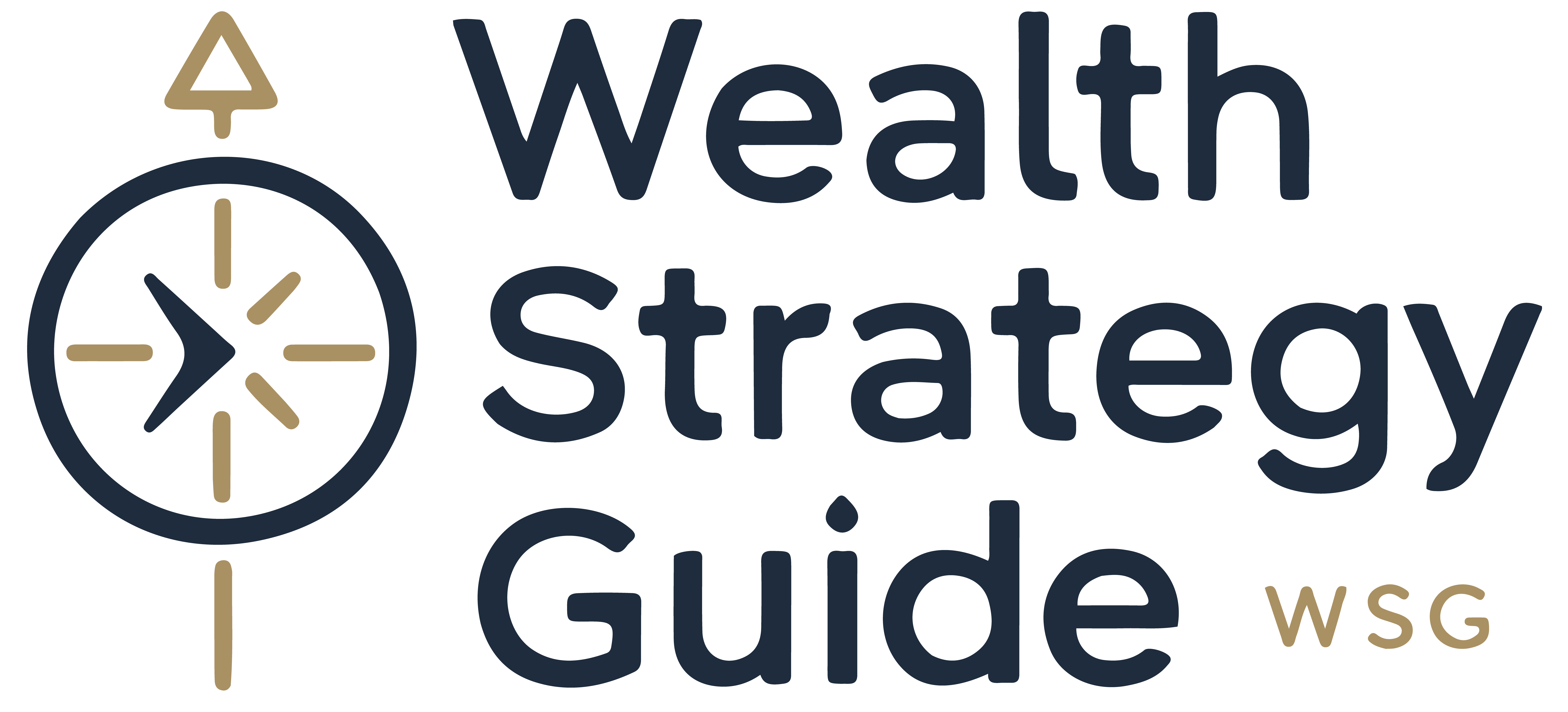The world of personal finance can be daunting, but thankfully, there’s a myriad of money-saving apps available at your fingertips to help you navigate this complex realm. These innovative tools offer a helping hand in managing your financial health, providing everything from budgeting assistance to investment advice. Here’s a rundown of the top ten apps to boost your financial savviness:
1. Mint: Mint is a powerhouse in the world of money management apps. It offers a comprehensive suite of features, allowing users to create budgets, track expenses, and receive bill payment reminders. With a secure connection to your bank accounts, Mint provides a holistic view of your financial life.
2. Acorns: Acorns takes a unique approach to savings by rounding up your everyday purchases to the nearest dollar and investing the difference in a diversified portfolio. This app is perfect for those seeking a seamless way to invest their spare change and build a solid financial foundation.
3. YNAB (You Need a Budget): YNAB is a budgeting app that encourages mindful spending and saving. It follows a four-rule system to help users gain control over their finances, allocate funds effectively, and plan for future expenses. With YNAB, you’ll develop better financial habits and achieve your monetary goals.
4. Honey: If you’re an online shopper, Honey is a must-have. This ingenious app automatically applies coupon codes at checkout, ensuring you get the best deals on your purchases. From groceries to electronics, Honey takes the guesswork out of finding discounts, saving you time and money.
5. Ibotta: Ibotta offers a rewarding way to save on your groceries and everyday purchases. By unlocking rebates before shopping and uploading your receipts afterward, you can earn cash back on eligible items. Ibotta partners with various retailers, making it convenient to earn rewards and transfer your savings to your bank account.
6. Rakuten (formerly Ebates): Rakuten is a renowned cash-back site and app that allows users to earn a percentage of their online purchases back in the form of cash rewards. With partnerships with thousands of retailers, Rakuten makes it easy to save on everything from clothing to travel bookings.
7. Credit Karma: Credit Karma is an invaluable resource for monitoring and improving your credit health. It provides free access to your credit scores and reports from major credit bureaus, along with tools to help you identify areas of improvement and dispute any inaccuracies.
8. Robinhood: Robinhood has revolutionized stock trading by offering commission-free investing. With a user-friendly interface, Robinhood makes it simple and accessible to trade stocks, options, and cryptocurrencies without incurring brokerage fees.
9. Venmo: Venmo is a peer-to-peer payment app that has become synonymous with ease and convenience in sending and receiving money. With a social element that allows users to share transactions with their network, Venmo has made splitting bills and expenses a breeze.
10. Clarity Money: Clarity Money acts as your financial watchdog, analyzing your spending patterns and suggesting ways to cut back. It helps you cancel unnecessary subscriptions, provides bill negotiation assistance, and facilitates better money management through categorization and spending insights.
With these top-notch money-saving apps at your disposal, you’re well on your way to financial empowerment. Whether you’re looking to budget better, save on everyday expenses, or dip your toes into investing, these tools have you covered on your journey toward financial freedom.
Now, go forth and conquer the world of personal finance!










